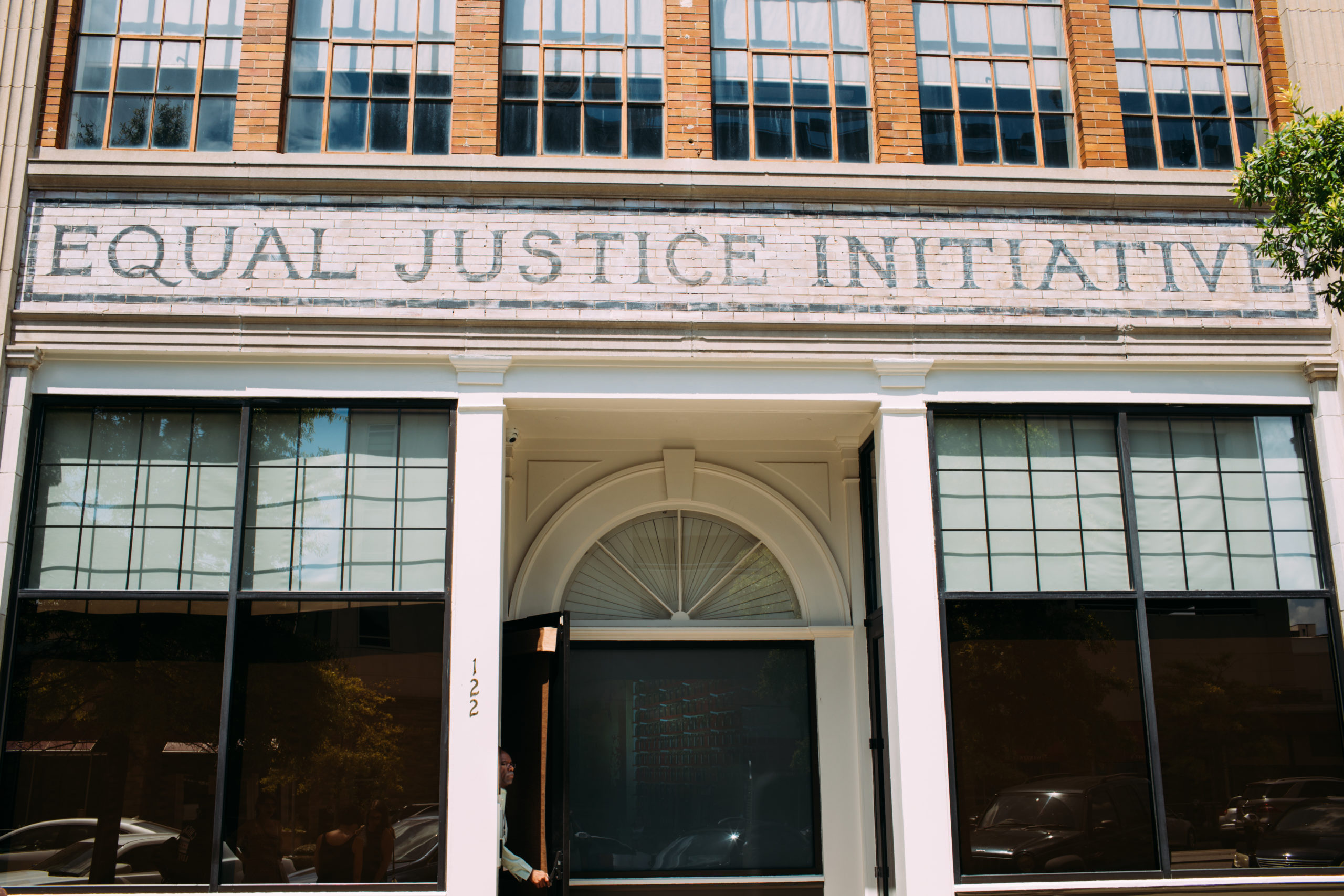
An important trip, many questions, & praying while moving our feet: A trip to EJI in Alabama
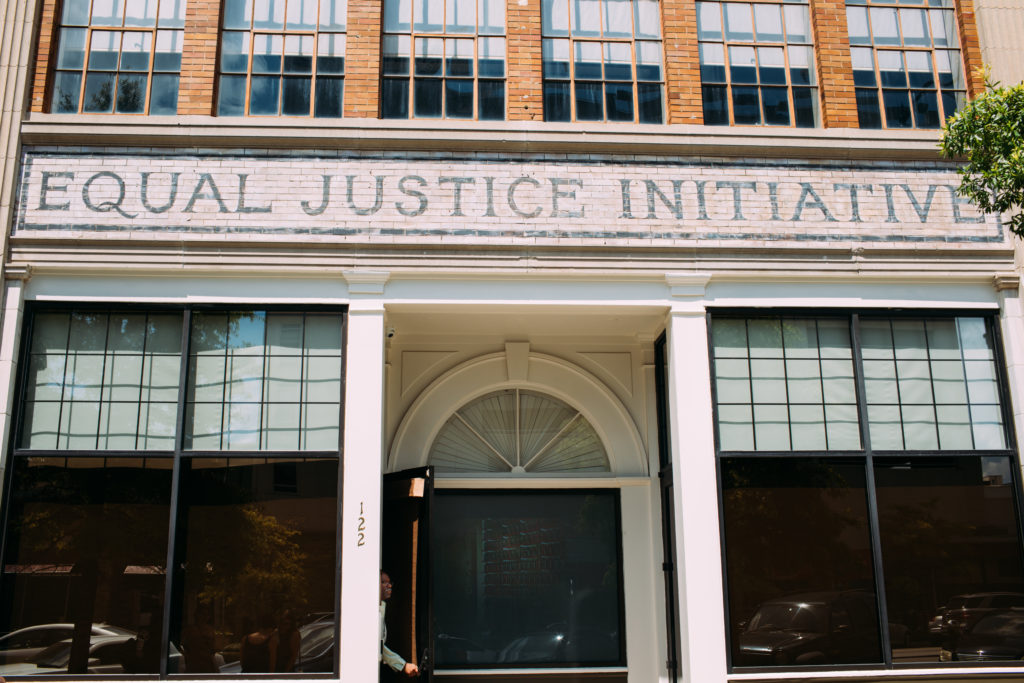
I struggle to even put any words to all the history & questions we engaged with last weekend but I also sense that to not acknowledge the weighty truth I continue to reckon with seems too dismissive. I am so grateful for for the work of Equal Justice Initiative.
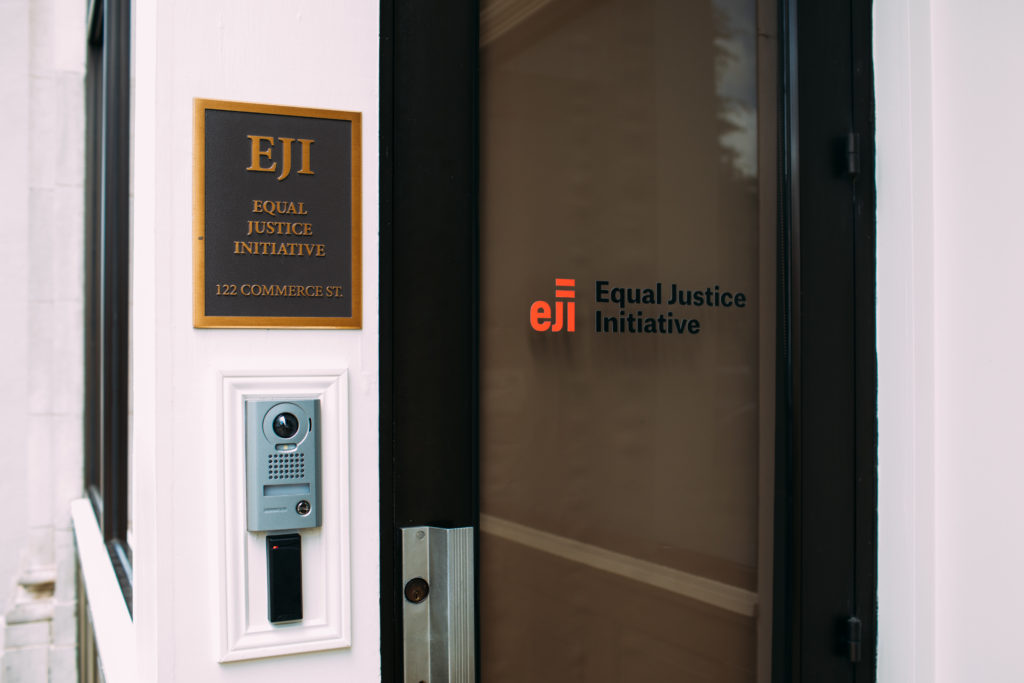
If you ask me about the most important book I have read in the last 10 years I always answer:Just Mercy by Bryan Stevenson. I have listened to him tell his story and read his words and been moved to action. Last weekend I road tripped with 4 other ladies to Alabama to visit a museum and a lynching memorial that his organization Equal Justice Initiative founded. the The Legacy Museum & Memorial: From Slavery to Mass Incarceration is a site every American should visit for as they remind us we cannot heal from that which we do not acknowledge. Through studying African American history in college I was exposed to so much history that is often glossed over or hidden from our nation’s narrative and this museum continues that journey of truth telling. This is not just African American history, it is the history of a nation that has constructed and continues to participate in racist systems. It calls us to lament the deep pain and sin that has caused harm to so many and ask the tough questions about what true reconciliation will mean. I have to see my own failure to stand and call out lies or false narratives about people created in the image of God. In so many ways this museum walks us through the human experience of oppression, racial violence, and the curse that we all still carry today. As one Reverend describes, “I saw things that made my heart bleed” and the historyshould makes us join him. The memorial marks the over 4,000 men, women, and children who were victims of racial terrorist violence through lynchings in the U.S. between 1880-1940. EJI’s purpose is to foster an honest conversation of the legacy of slavery, racial bias, racism, and mass incarceration. They invite us all to “join us in the conversation so we can move forward to our shared healing.”
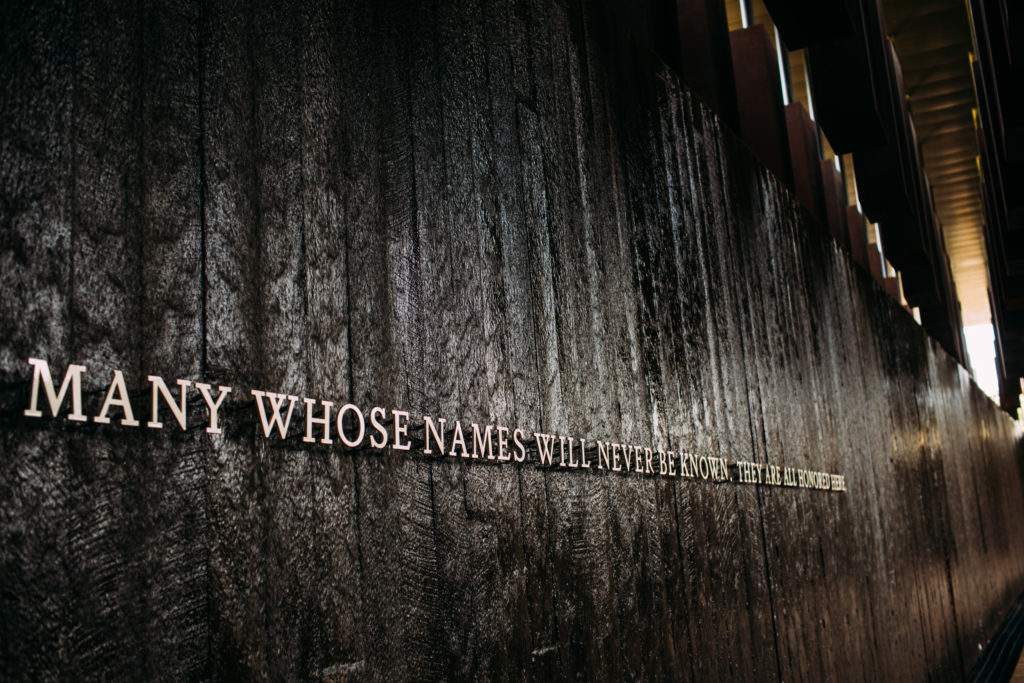
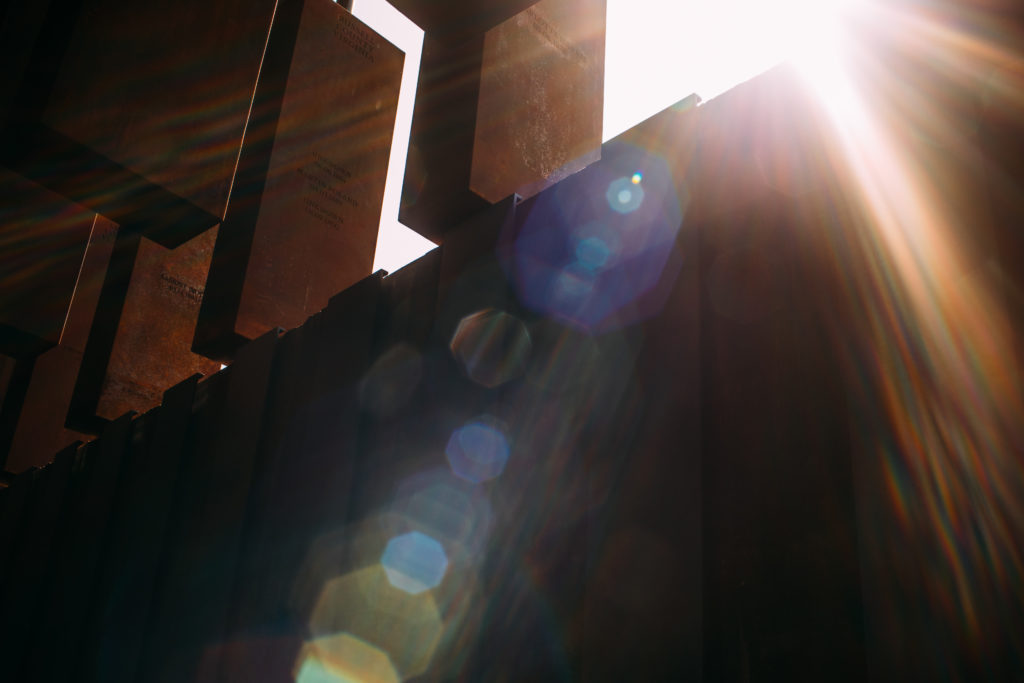
The above image was important to capture for me. This part of the memorial is so heavy. We sat and cried and prayed as we read the names and reasons why people were murdered. We saw their names and places they lived. We imagined their lives and their families and we mourned. And alongside the tears and sweltering Alabama heat there was this sun creeping in through the hanging pillars. This reminded me to have hope. As it read on the wall, “hopelessness is the enemy of justice.”

Our trip was also full of many stops remembering the Civil Rights movement; the Woolworth’s counter in Nashville, The bridge in Selma that was the site of “Bloody Sunday, ” Dexter Avenue King Memorial Baptist Church and parsonage, and other sites around Montgomery. A highlight was being welcomed to worship at Dexter Avenue King Memorial Baptist Church on Sunday with the wonderful folks there. Over the years, it has served the community through the use of its facilities as meeting place for many civic, educational and religious groups. Much of Montgomery’s early civil rights activity – most famously the 1956 Bus Boycott – was directed by Dr. King from his office in the lower unit of the church. His legacy is alive and well among the people, as we heard and saw that day.
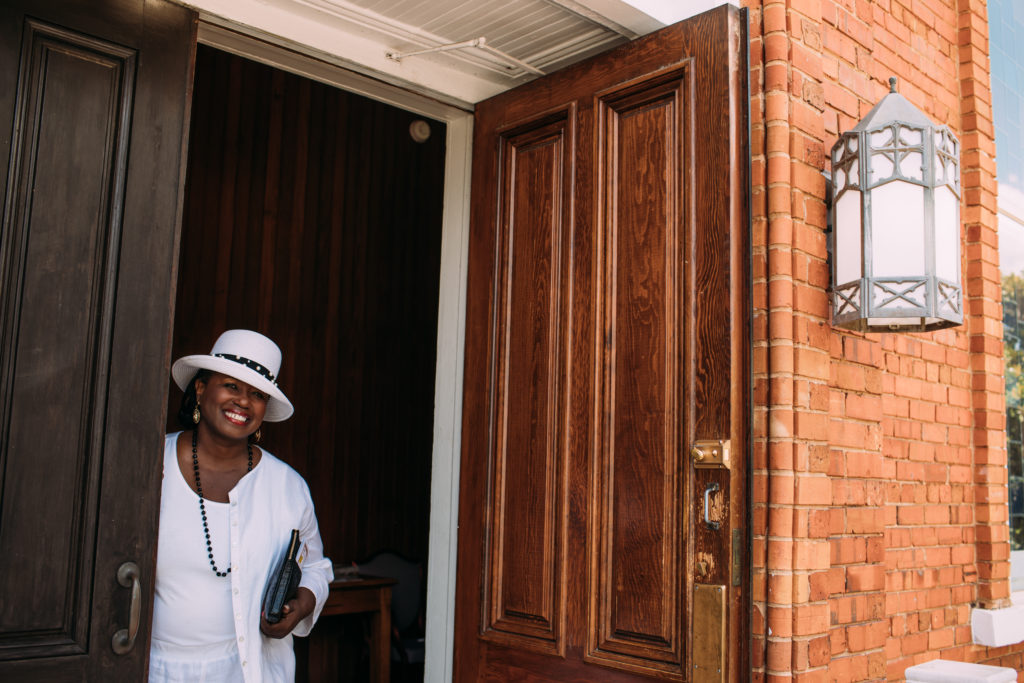
I do not have a neat way to wrap this all up…most likely I never will but I am asking a lot of questions. I am researching. I am listening and reading. I am praying. I am learning. I am trying to continue on in the journey of affirming the humanity of people created in God’s image. I am raising my voice to injustice. The last exhibit in the museum is a gallery of current photographs (that of course I loved) and alongside each photograph was a question and I furiously wrote them down for further reflection, prayer and action. Here are just a few:
Should we do more to publicly acknowledge and teach our history of racial injustice? If schools still remain racially segregated -why and what does this mean for us? Should we do more as a society to rehabilitate, instead of just punish, imprisoned people? How can we improve police and community relations? Should very young children be prosecuted as adults? Should any child be sentenced to die in prison? How do we eliminate the presumption of guilt for young people of color? Do churches and people of faith have a special obligation to address the history of racial inequality? In truth and reconciliation will you join in an effort to memorialize and remember your community’s history?
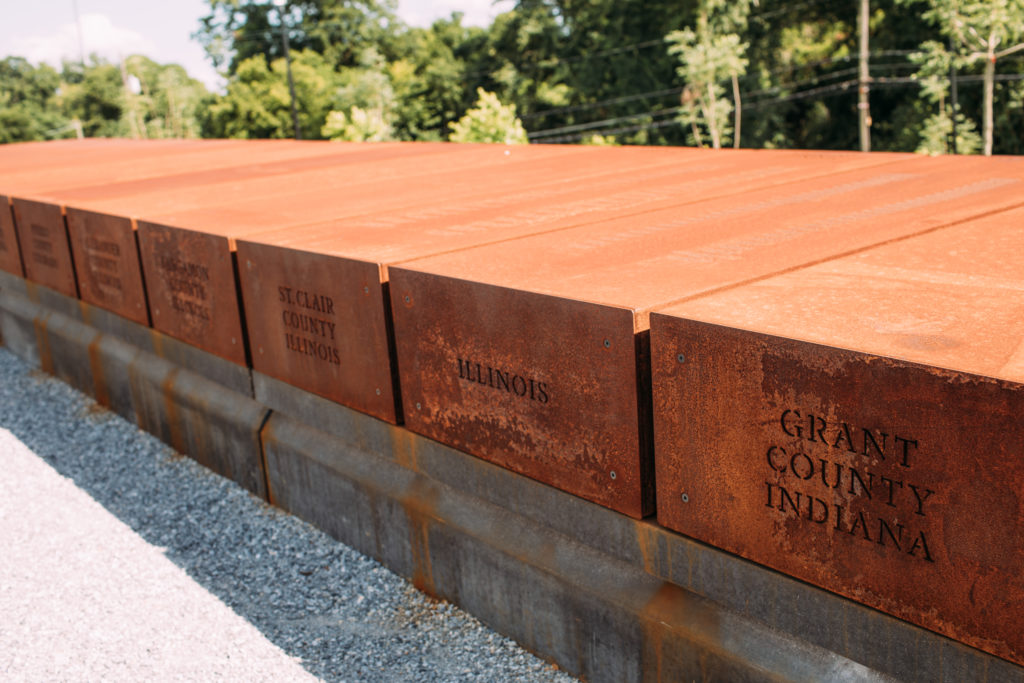
I am asking these questions too and praying and as Civil Rights activist John Lewis quoted a very old African proverb, “we pray, but when we pray we move our feet.” I am currently asking how my feet should move- join me. I am starting by asking to bring the memorial pillars marking the lynchings here in Illinois home to our state so we can acknowledge and heal (if you want to be a part of this effort let me know). This trip calls me to repent, restore, and to HOPE in the future. Let’s pray & move our feet.
June 28, 2018
Leave a Reply Cancel reply
A visual storyteller that focuses on human emotion & connection. I help families, individuals, & couples to share their beautiful messy story.
I also partner with humanitarian, non-for-profit organizations, and individuals building their brand share their stories with intention, dignity, & excellence, so they can have a greater impact on their communities.

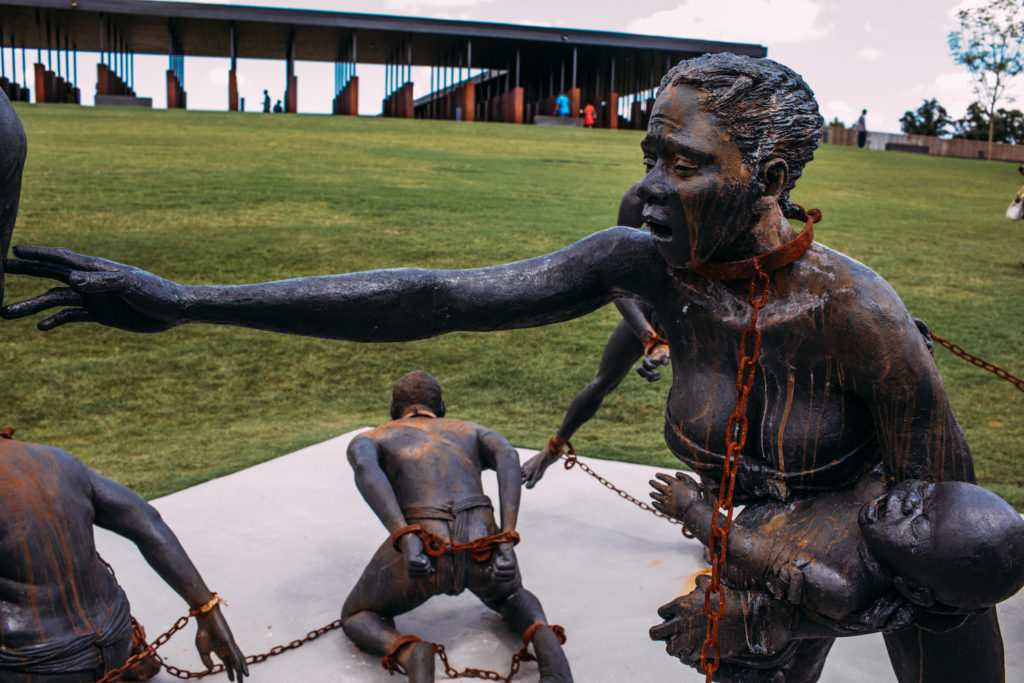

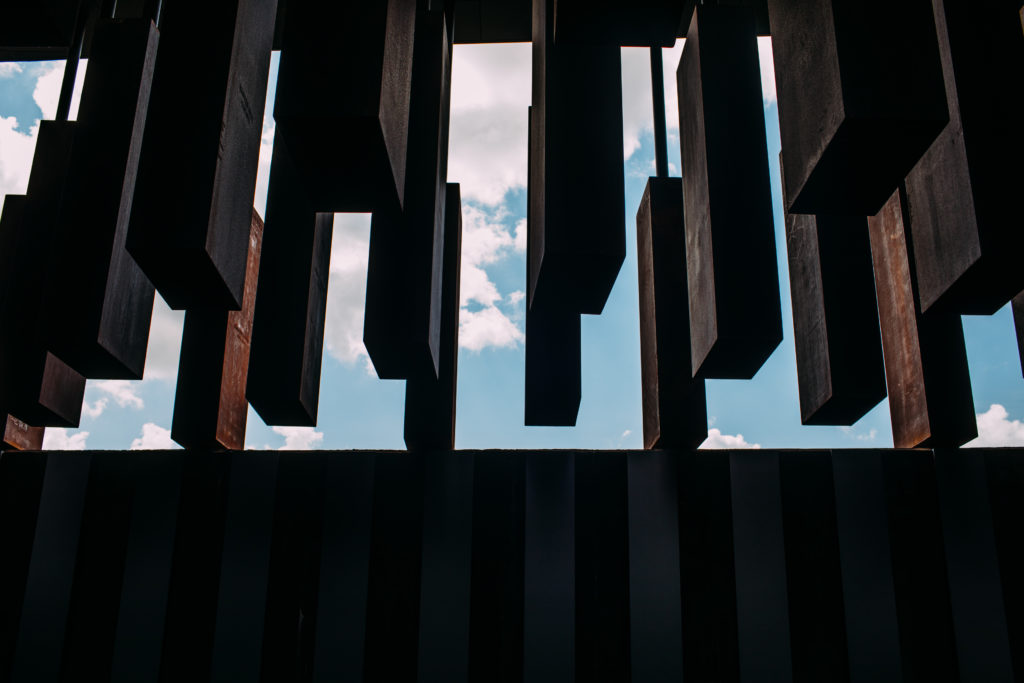


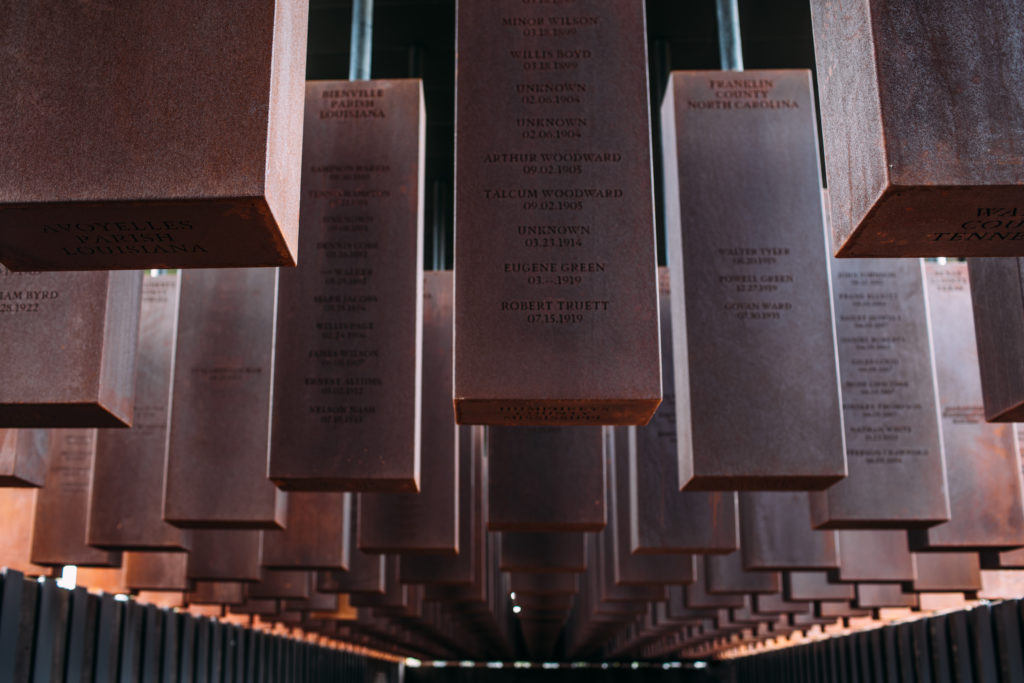
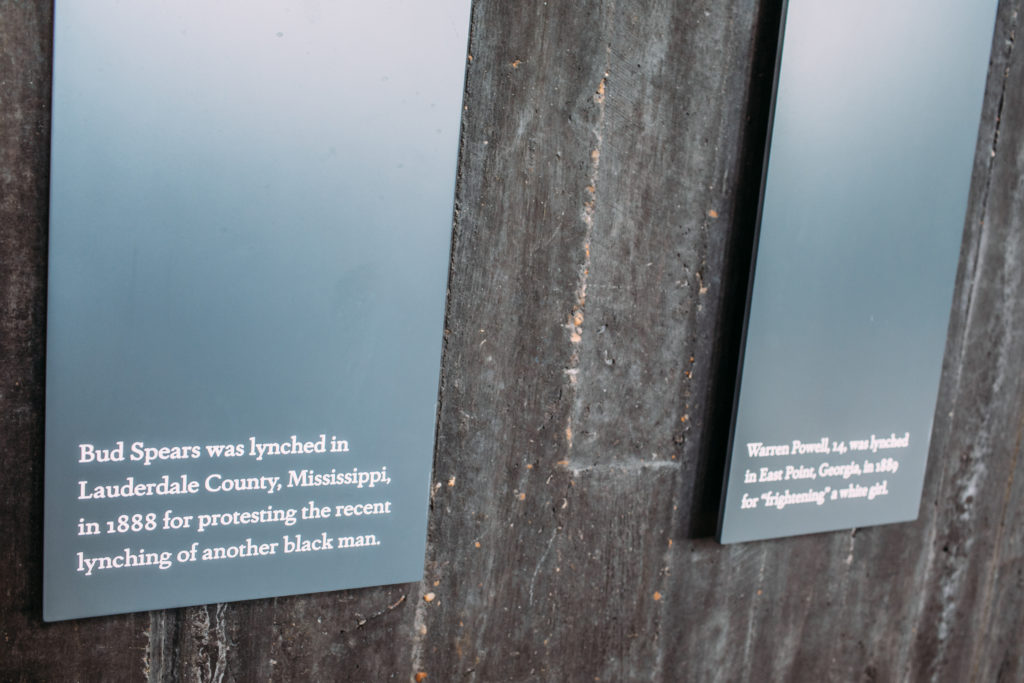
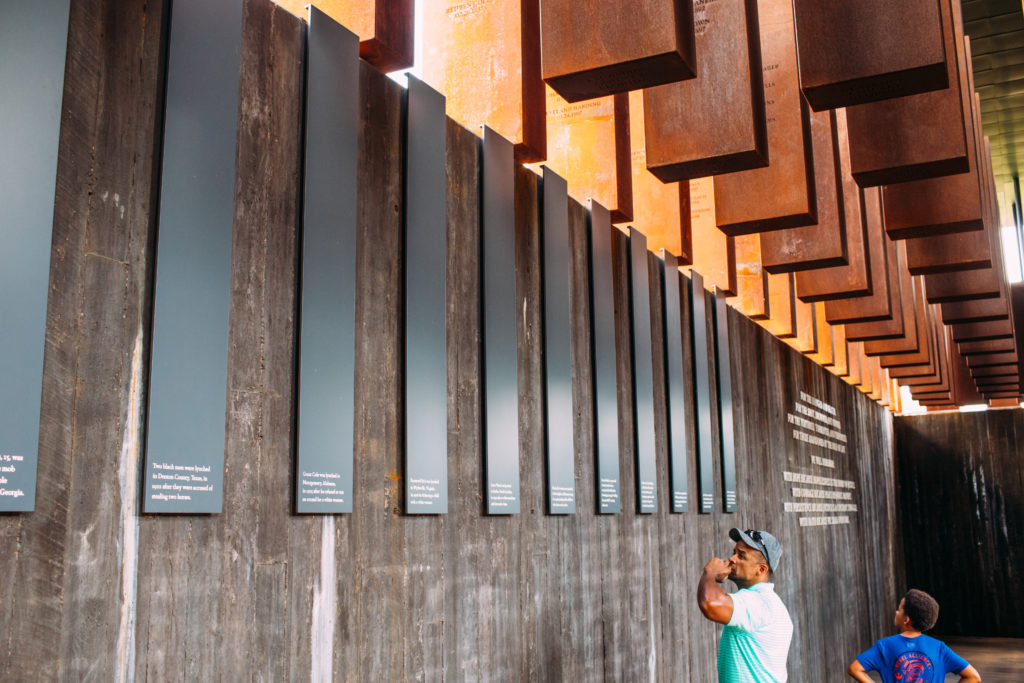
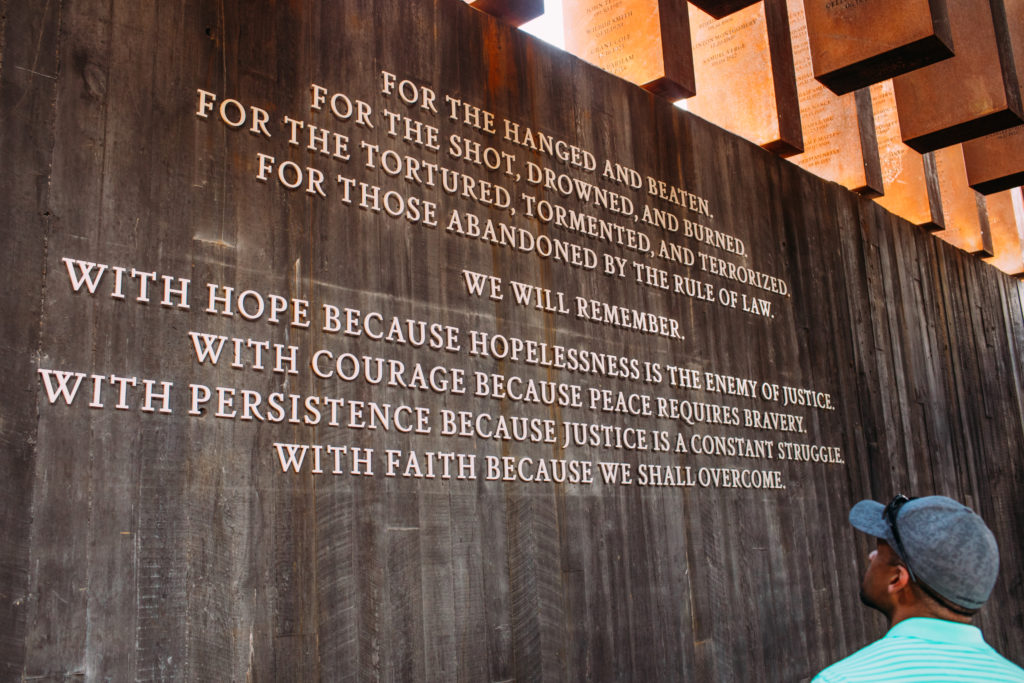
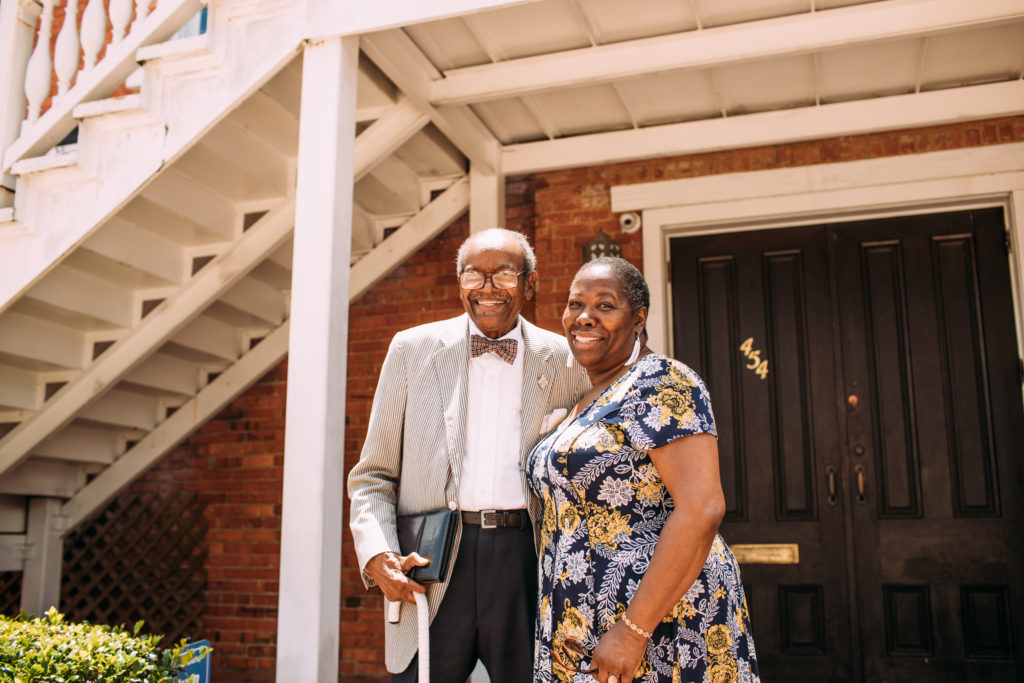

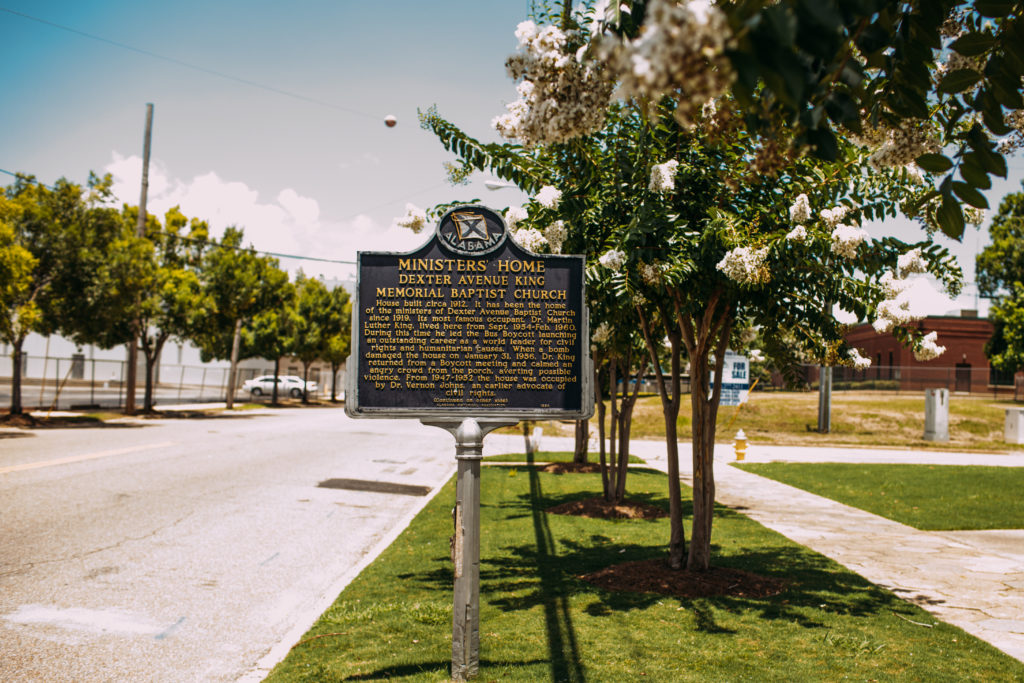



[…] is so much more to see and learn. See my last trip to Alabama including EJI and Dr. King’s Church here. These events are historical but there are clear connections and consequences for what is happening […]